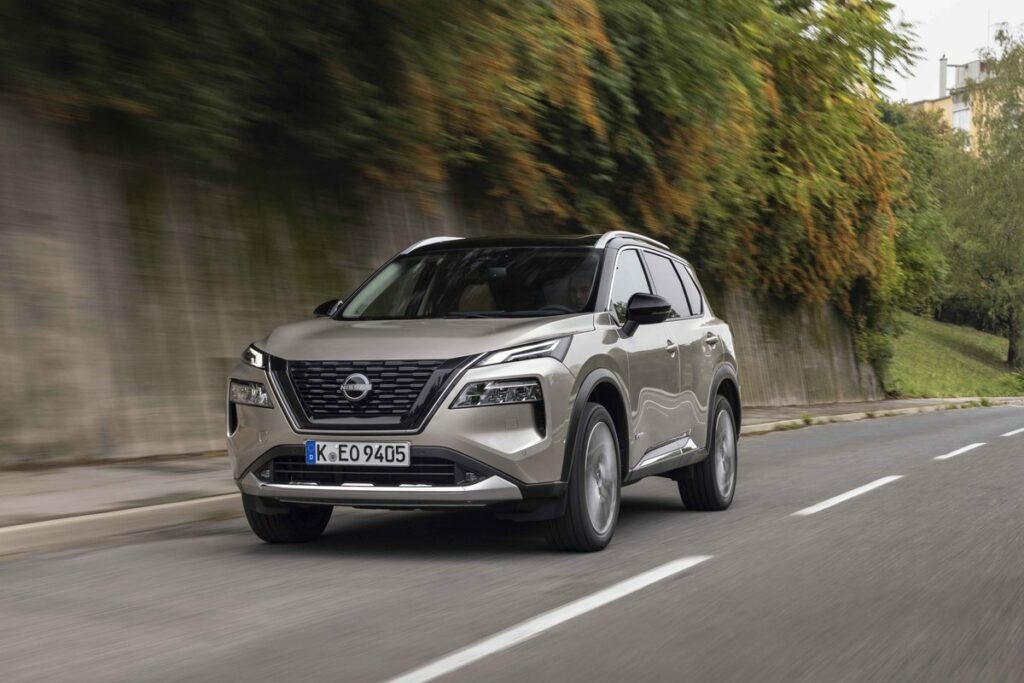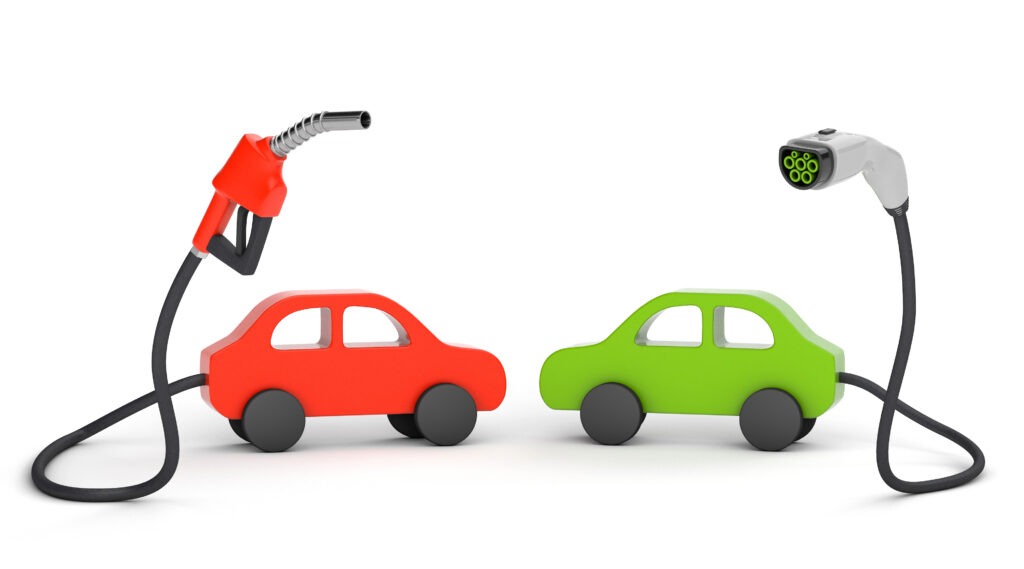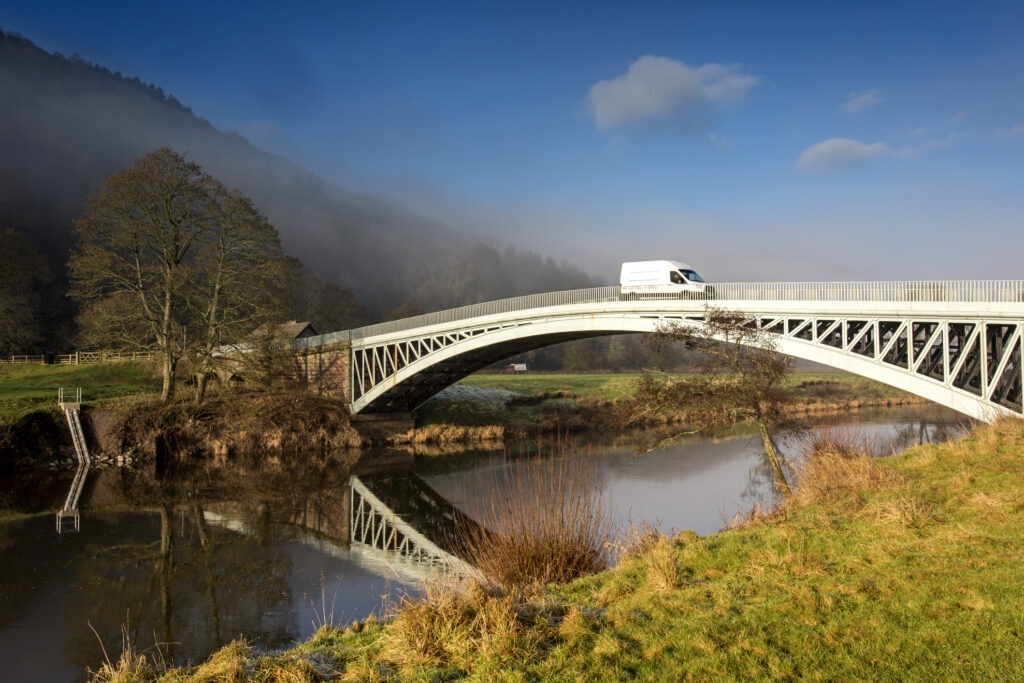Launch Report: Nissan banks on innovative hybrid technology for the X-Trail
20 February 2023

As a well-designed, versatile, and robust SUV, the latest generation of the Nissan X-Trail successfully builds on its established model name. The ‘e-Power’ hybrid system offers another stepping stone in a segment with a growing number of all-electric options. But the technology does present its own challenges.
Sporting a modern design, the X-Trail has good offroad attributes and abilities. Thanks to its comparatively short length (11.1 metres), overhangs, and wheelbase, the model’s turning circle is excellent. The X-Trail does have a lower towing capacity than its diesel and petrol competitors, but it remains favourable compared with other hybrids.
Practical features
The model benefits from practical features such as a moveable back seat and rear doors that open to a nearly 90-degree angle, which should be useful for people with children. However, reaching to close these doors from the inside might be uncomfortable. Among the hybrid-electric vehicles (HEVs) in the D-SUV segment, the Kia Sorento and the X-Trail are the only models available with seven seats, which is essential for a large family.
The interior is spacious and elegant, with a comprehensive level of equipment and good perceived quality. The infotainment screen and digital cockpit are large, and there has been a clear technological step forward from the X-Trail’s previous generation. In addition to touchscreens, there are well-located, practical controls that have an enjoyable touch and feel.
With a variety of trim lines, the X-Trail only has a few optional equipment items and packages. For example, the N-Connecta trim level includes a 12.3-inch digital instrument cluster and touchscreen, navigation system, LED lights, rear privacy glass, blind-spot detection, and a 360-degree view camera.
Hybrid ‘e-Power’ technology
The X-Trail features new ‘e-Power’ hybrid technology, which boosts efficiency and range, as well as driving comfort. Unlike traditional HEVs, the petrol engine is not connected to the wheels. This makes the driving experience more like a battery-electric vehicle (BEV).
It looks to be a good choice for consumers that are suffering with range anxiety and are not ready to switch to a BEV but want to abandon diesel. The HEV status means drivers benefit from sustainable incentives, such as an Eco sticker in Spain or low malus (tax penalty) in France. The technology also means drivers can avoid the barrier of insufficient charging infrastructure in many European countries.
The three-cylinder engine can be audible when power is needed, although it is far less noticeable than in a HEV with a continuously variable transmission (CVT). Consumers could struggle to understand what ‘e-Power’ technology is and might not seek it out if they are unfamiliar with it, meaning a communications campaign is needed.
Comparisons and considerations
The X-Trail’s list prices have increased compared with the previous generation, but this is also happening with competitors. With a similar equipment level, the X-Trail competes against cheaper models such as the Ford Kuga and Toyota RAV4.
While the competition in the SUV segment is high, the seven-seat option is a big benefit, likely to positively influence residual values. Sustainable incentives such as the Eco sticker in Spain will also aid competitiveness. This allows the model to travel around round city centres, something that the Peugeot 5008, SEAT Tarraco, Skoda Kodiaq, and Volkswagen Tiguan Allspace all lack.
The 575-litre boot capacity is average when compared to models such as the Ford Kuga and Toyota RAV4. However, the X-Trail is closer in size to the Skoda Kodiaq, the boot capacity of which is about 200 litres larger.
View the Autovista Group dashboard, which benchmarks the new Nissan X-Trail in France, Germany, Italy, and Spain for more details. The interactive launch report presents new prices, forecast residual values, and SWOT (strengths, weaknesses, opportunities, and threats) analysis.




